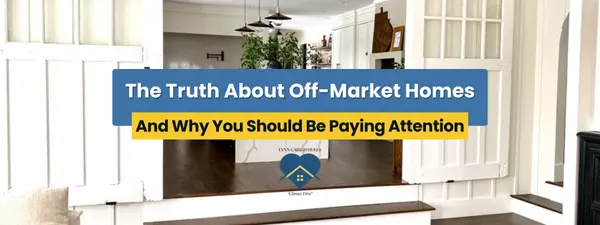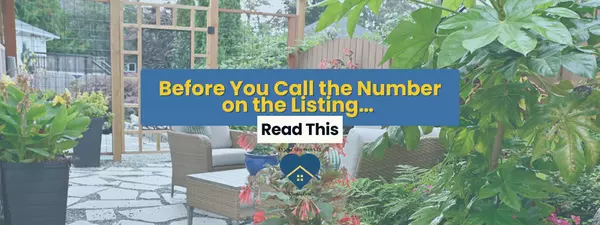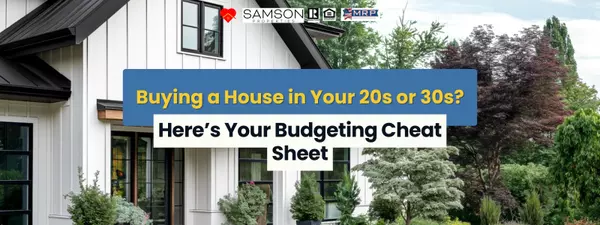

The Truth About Off-Market Homes (And Why You Should Be Paying Attention)
A few weeks ago, I got a call from a buyer who said, “I want something special—but I don’t want to compete with 15 other offers.” I smiled. Because I knew exactly where to look: off-market homes. If you’ve never heard of them—or assumed they’re only for celebrities and luxury buyers—you’re no
Read More

Before You Call the Number on the Listing… Read This
Imagine this. You’ve been scrolling listings for weeks—maybe months. Saving homes. Dreaming. Visualizing yourself cooking in that bright white kitchen or relaxing in that backyard oasis. And then one day… there it is. The one.You click. You swoon. You’re ready to make your move. You call th
Read More

Hello August! Local Market Trends, Credit Tips & Summer Wellness Ideas - Newsletter
Read More

Relocating This Summer? Here’s Your Month-by-Month Moving Timeline
Thinking about making a move this summer? Whether you’re relocating for a job, family, lifestyle, or just craving a fresh start, summer is a popular time to pack up and head to a new zip code. With longer days, better weather, and school breaks, it’s no wonder so many buyers and sellers aim for a
Read More
Categories
Recent Posts











